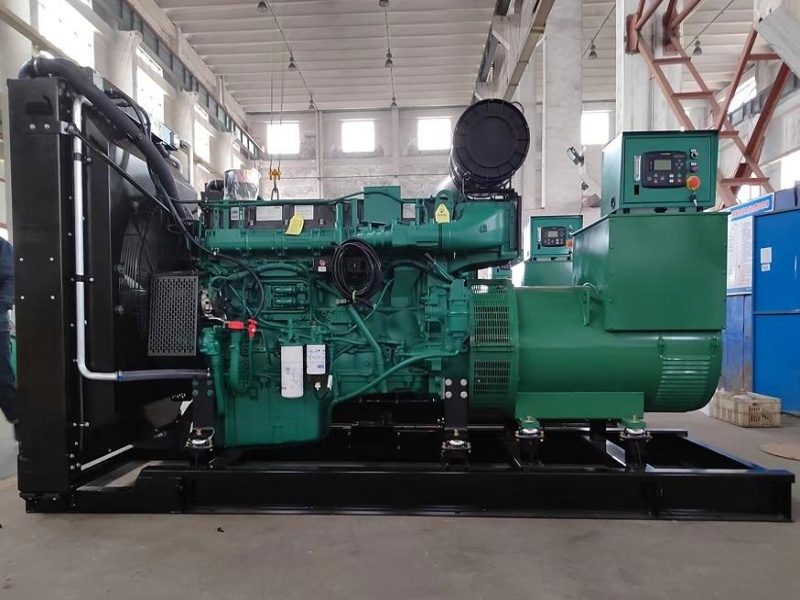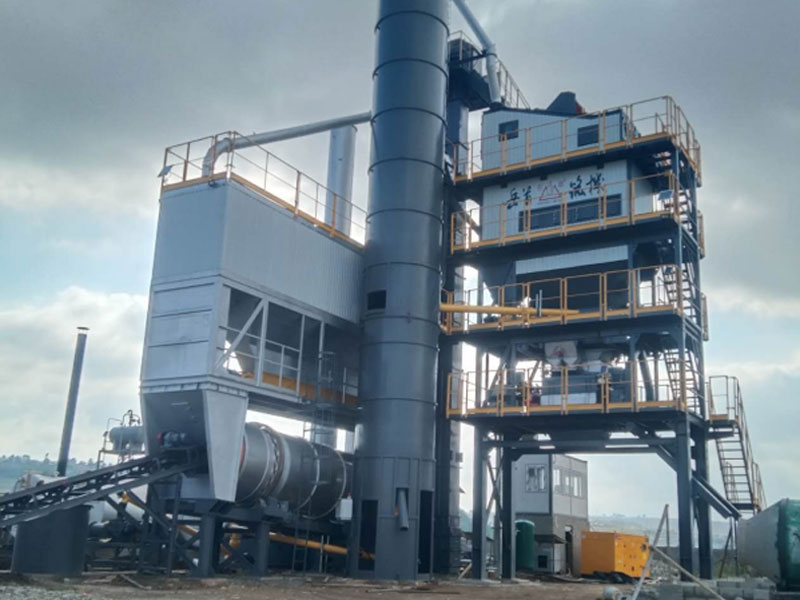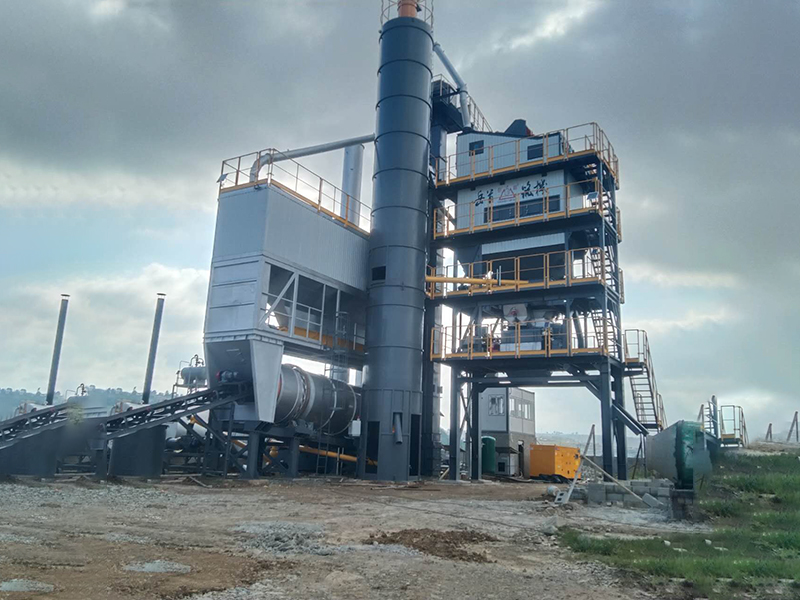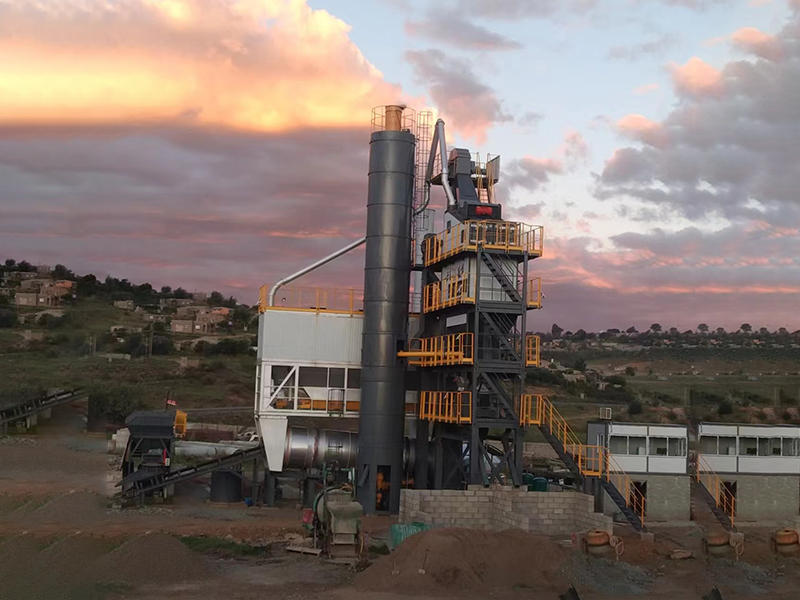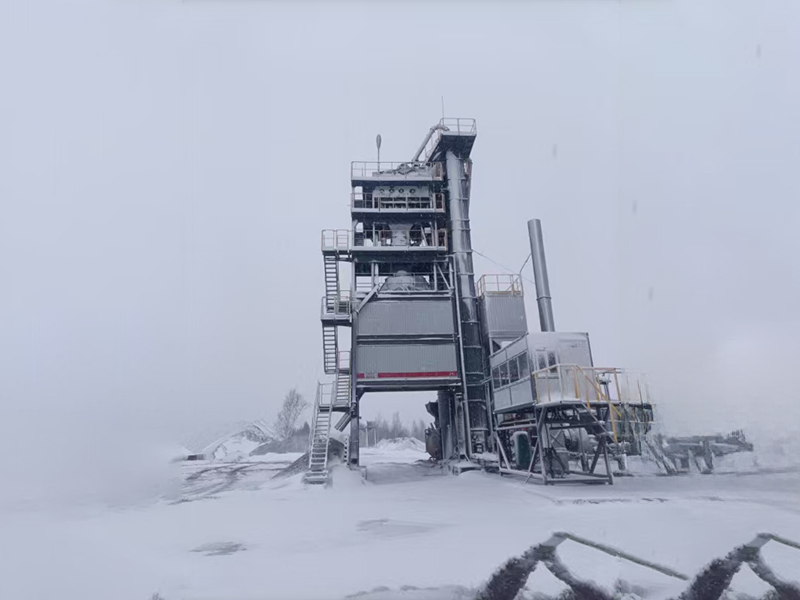Cheap dry batch concrete plant
Find the Perfect Cheap Dry Batch Concrete Plant for Your Needs
This comprehensive guide helps you navigate the market for cheap dry batch concrete plants, outlining key factors to consider for optimal cost-effectiveness and operational efficiency. We'll explore different plant types, size considerations, and crucial features to ensure you make an informed decision that aligns with your specific project requirements. Learn how to balance affordability with long-term value and productivity.
Understanding Dry Batch Concrete Plants
What is a Dry Batch Concrete Plant?
A dry batch concrete plant mixes dry cement, aggregates, and other components before adding water. This method offers advantages in terms of consistent mix quality, reduced water consumption, and improved transportation efficiency. Choosing a cheap dry batch concrete plant doesn't mean compromising on quality; understanding the nuances will guide you to the best option for your budget.
Types of Dry Batch Concrete Plants
The market offers various types, each with its own capacity and features. Smaller, mobile units are ideal for smaller projects, while larger stationary plants are better suited for continuous, high-volume production. Consider your project's scale and long-term needs when making your selection. Research different manufacturers to compare specifications and pricing. You can find a range of options from established companies like Taian Yueshou Mixing Equipment Co.,Ltd that offer cheap dry batch concrete plants alongside high-end models.
Factors to Consider When Choosing a Cheap Dry Batch Concrete Plant
Capacity and Output
Determine your required concrete output per hour or day to choose a plant with sufficient capacity. Overestimating or underestimating this can significantly impact project timelines and costs. Smaller projects might benefit from a smaller, more affordable plant, while large-scale construction necessitates a higher capacity model.
Features and Functionality
Essential features include accurate weighing systems, efficient mixing mechanisms, and robust construction for longevity. Explore options with automated controls for ease of operation and enhanced precision. While searching for a cheap dry batch concrete plant, don't overlook the importance of these core features, as they ultimately influence productivity and the quality of the concrete produced.
Maintenance and Operating Costs
A seemingly cheap dry batch concrete plant might incur high maintenance costs in the long run. Factor in regular servicing, part replacements, and potential downtime. Look for plants with readily available spare parts and a good reputation for reliability. Investing in a durable machine might offset higher upfront costs over the plant's lifespan.
Transportation and Installation
Consider the transportation costs and installation complexities associated with different plant types. Mobile units offer flexibility, while stationary plants might require more extensive site preparation. These logistical aspects contribute to the overall project expenditure and should be carefully considered.
Comparing Dry Batch Concrete Plant Prices
Price comparison is crucial when searching for a cheap dry batch concrete plant. However, don't solely focus on the initial cost. Consider the total cost of ownership, including maintenance, repairs, and operational expenses over the plant's lifetime. Request quotes from multiple suppliers and carefully review their specifications to ensure apples-to-apples comparison.
| Feature | Plant A | Plant B | Plant C |
|---|---|---|---|
| Capacity (m3/hr) | 30 | 50 | 75 |
| Price (USD) | 50,000 | 80,000 | 120,000 |
| Maintenance Costs (annual, estimated) | 2,000 | 3,000 | 4,000 |
| Fuel Consumption (per hour, estimated) | 10 liters | 15 liters | 20 liters |
Note: The data in this table is illustrative and may vary depending on the specific model and manufacturer. Contact suppliers for accurate pricing and specifications.
Finding Reliable Suppliers of Cheap Dry Batch Concrete Plants
Thorough research is key to finding a reliable supplier. Check online reviews, request references, and visit potential suppliers if possible. Ensure the supplier offers after-sales support and readily available spare parts. A strong warranty is also a crucial indicator of quality and supplier commitment.
By carefully considering these factors, you can successfully navigate the market for cheap dry batch concrete plants and find the perfect solution for your specific needs and budget. Remember to prioritize quality and long-term value over short-term savings.
Related products
Related products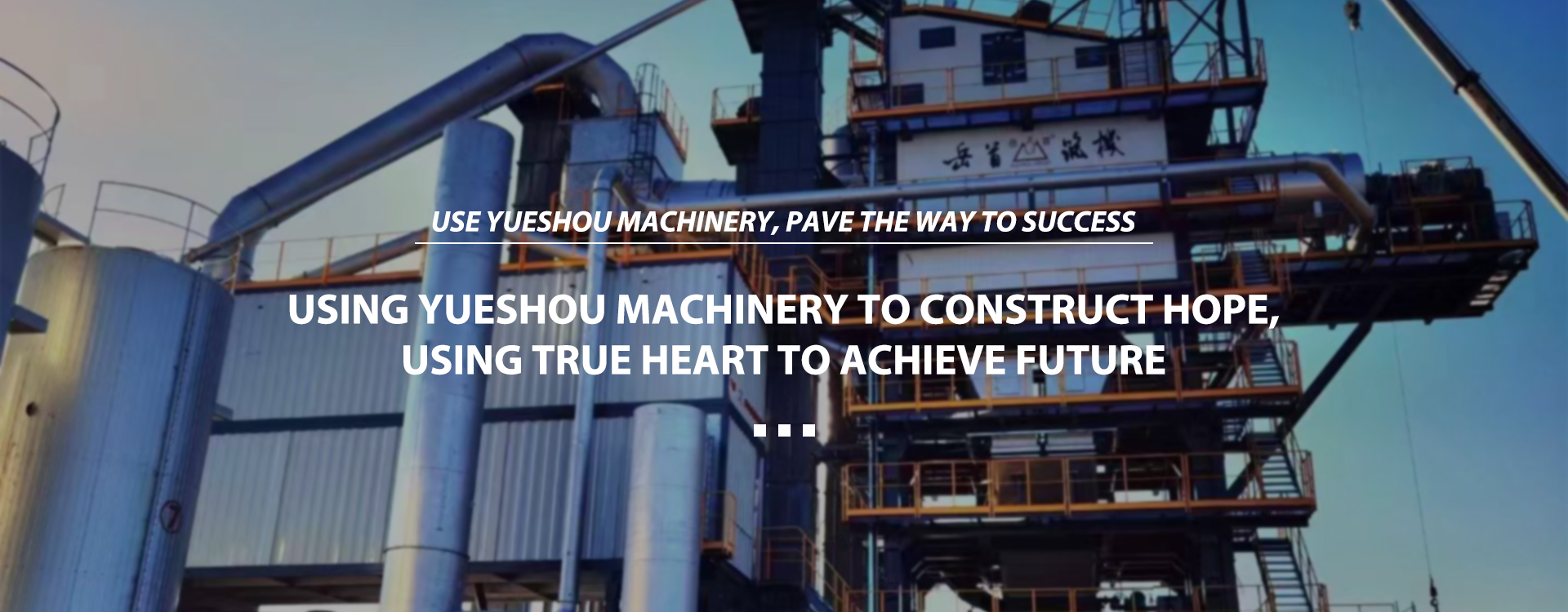
Best selling products
Best selling products-
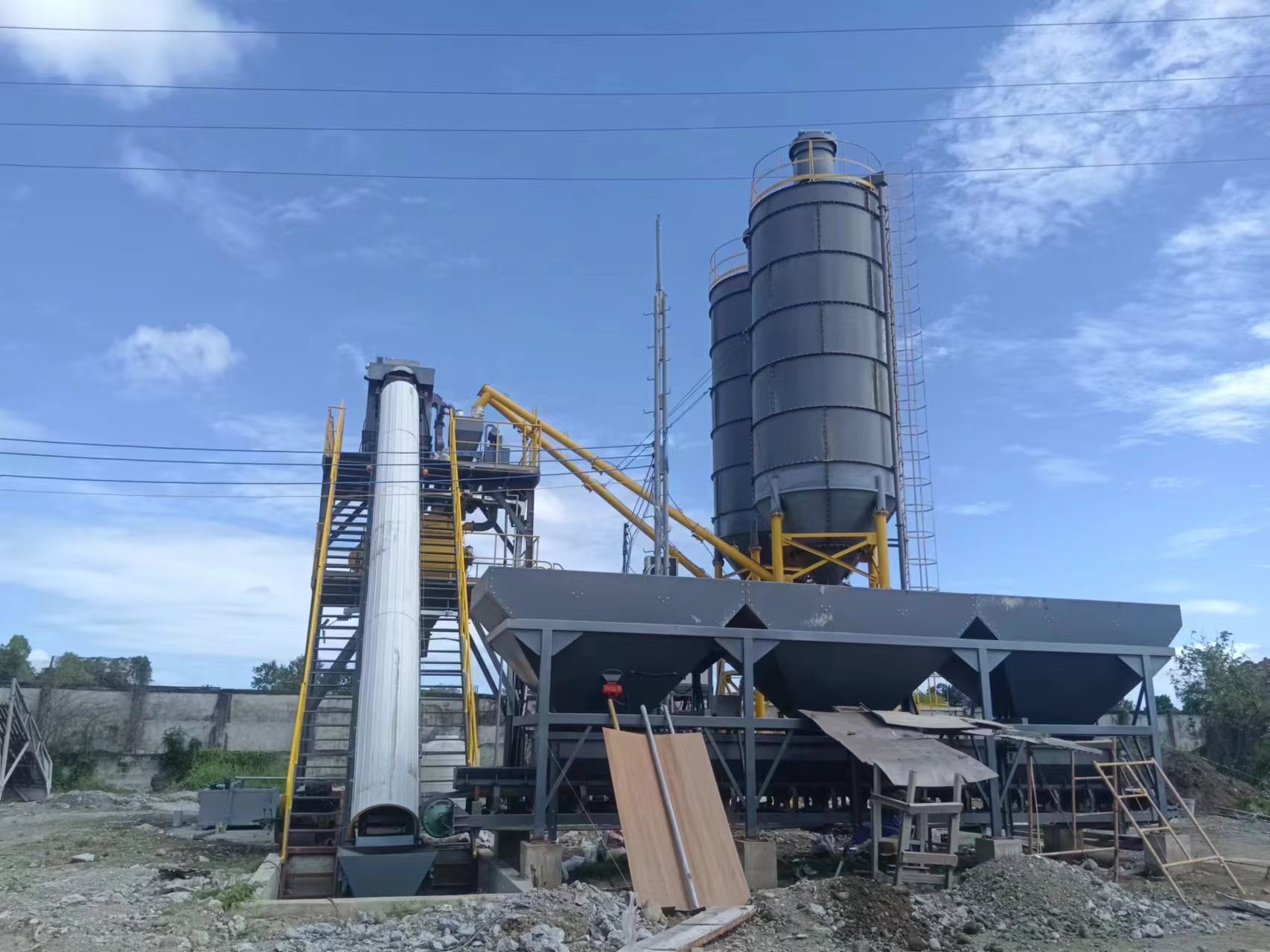 HZS60 concrete mixing plant
HZS60 concrete mixing plant -
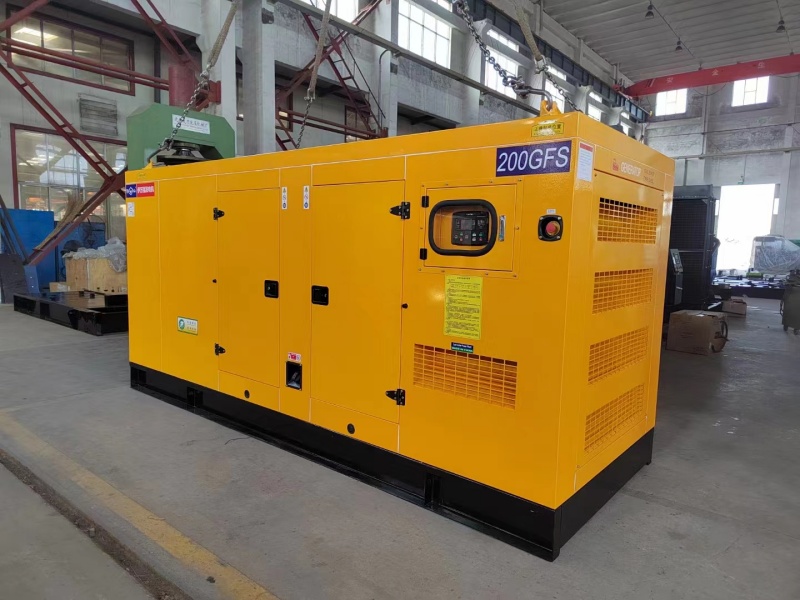 SOUNDPROOF GENERATOR SETS
SOUNDPROOF GENERATOR SETS -
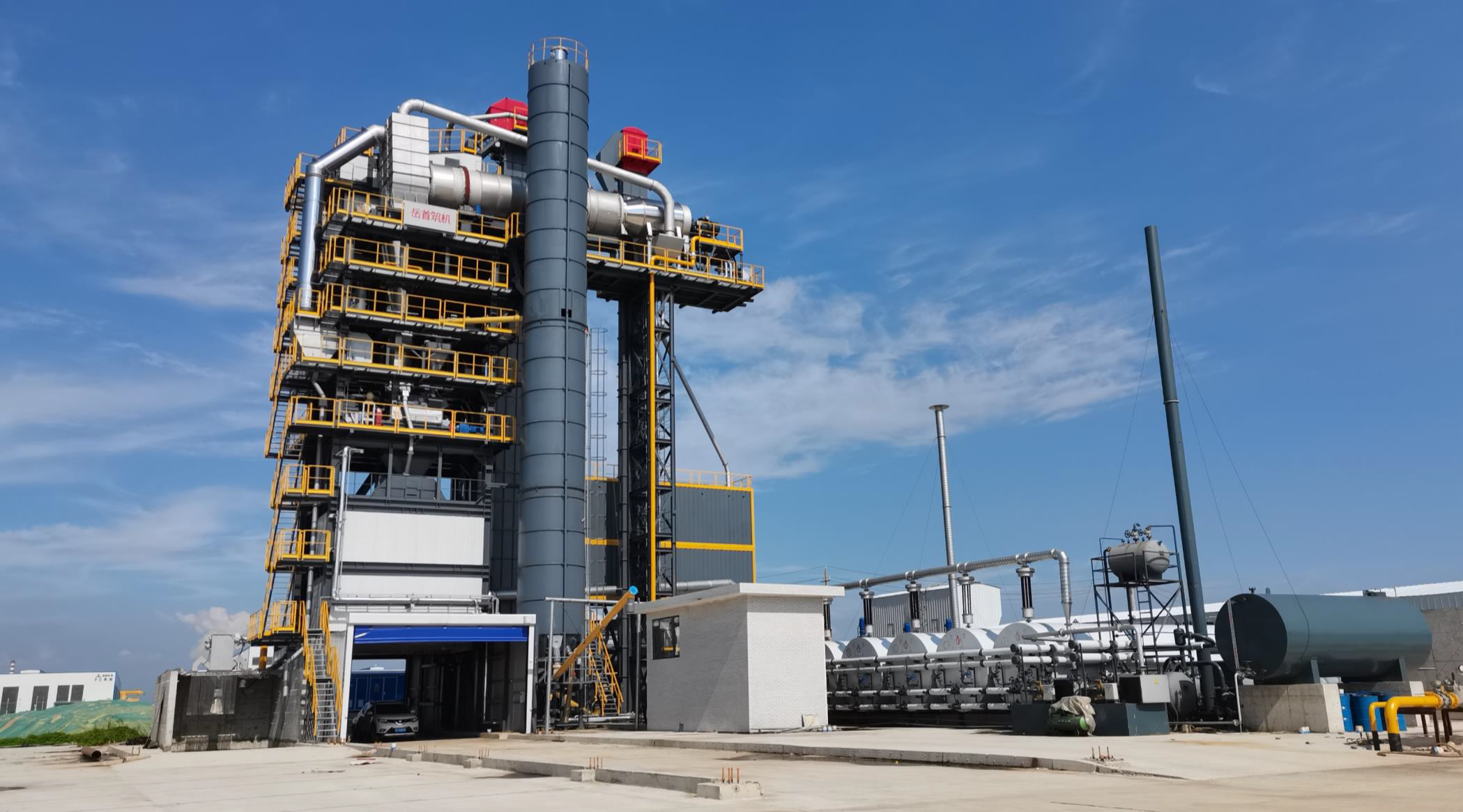 Asphalt hot recycling plant
Asphalt hot recycling plant -
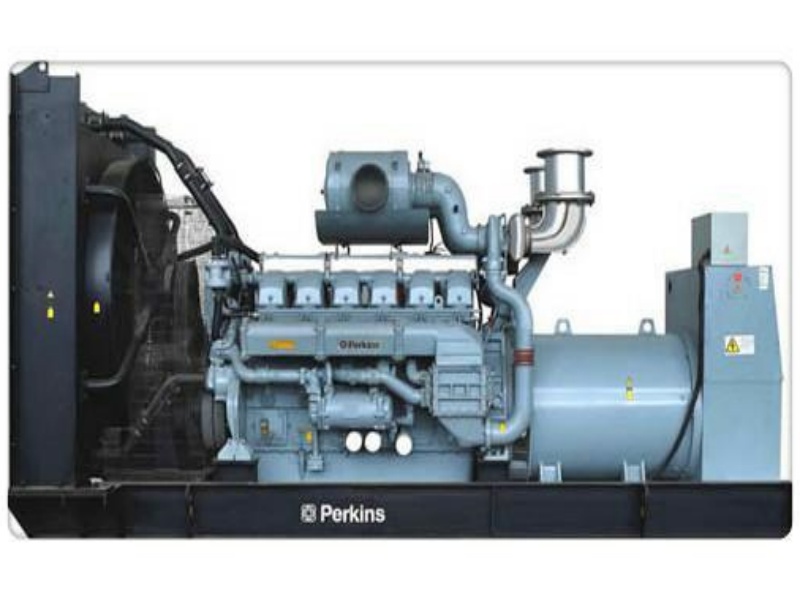 PERKINS SERIES DIESEL GENERATOR SET
PERKINS SERIES DIESEL GENERATOR SET -
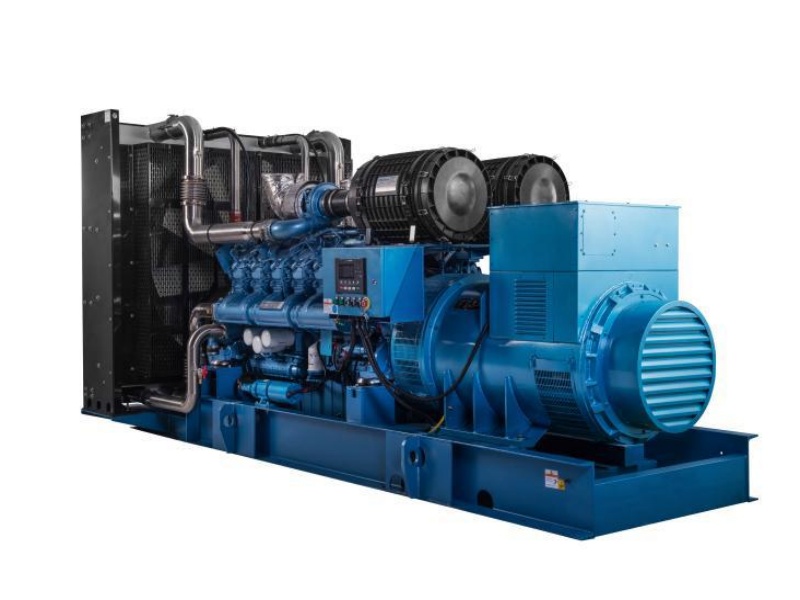 WEICHAI SERIES DIESEL GENERATOR SET
WEICHAI SERIES DIESEL GENERATOR SET -
 Container Type
Container Type -
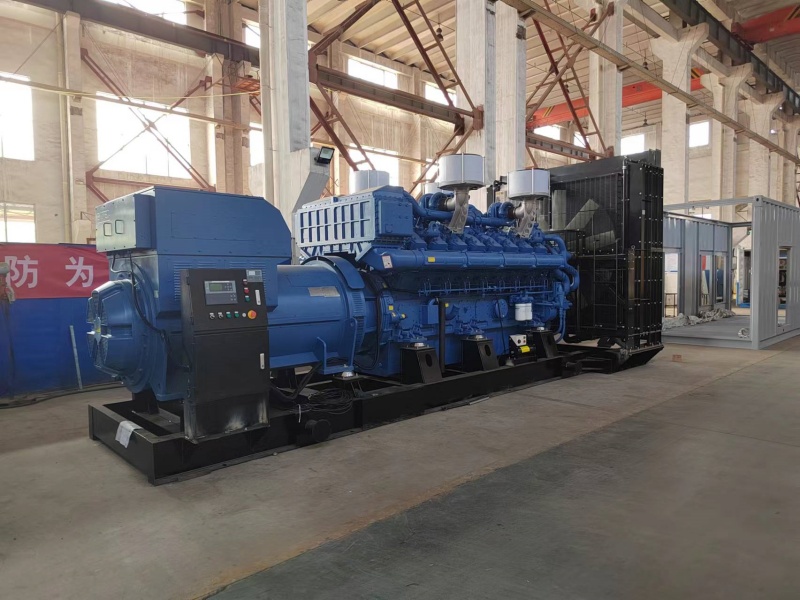 YUCHAI SERIES DIESEL GENERATOR SET
YUCHAI SERIES DIESEL GENERATOR SET -
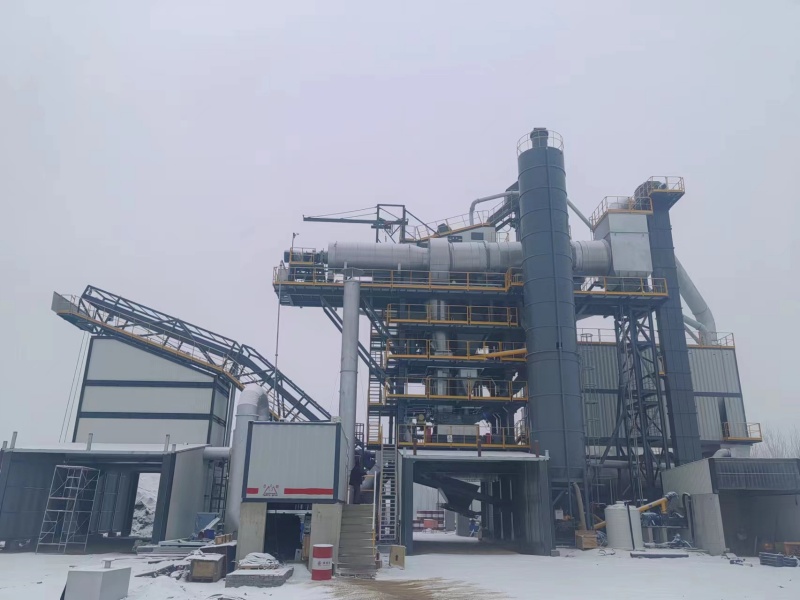 Static Batch Asphalt Mixing Plant Manufacturer
Static Batch Asphalt Mixing Plant Manufacturer -
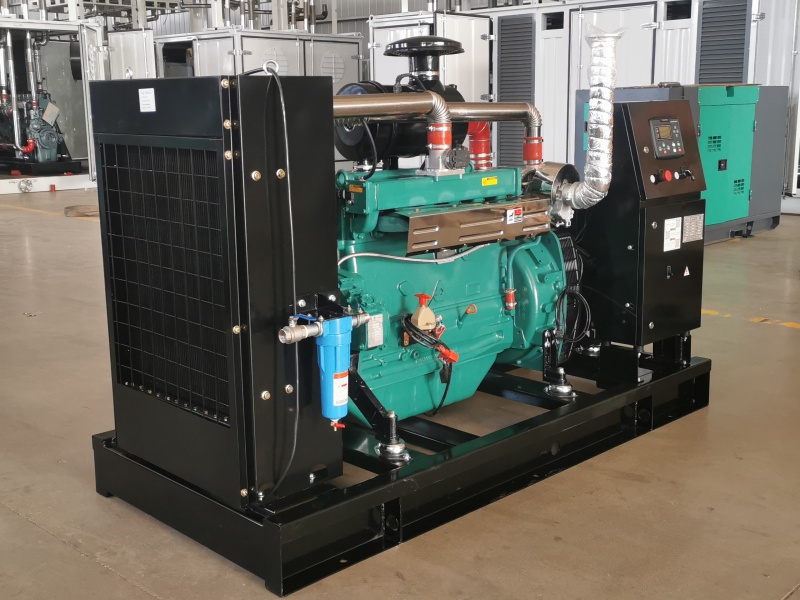 GAS TURBINE AND WATER PUMP SERIES
GAS TURBINE AND WATER PUMP SERIES -
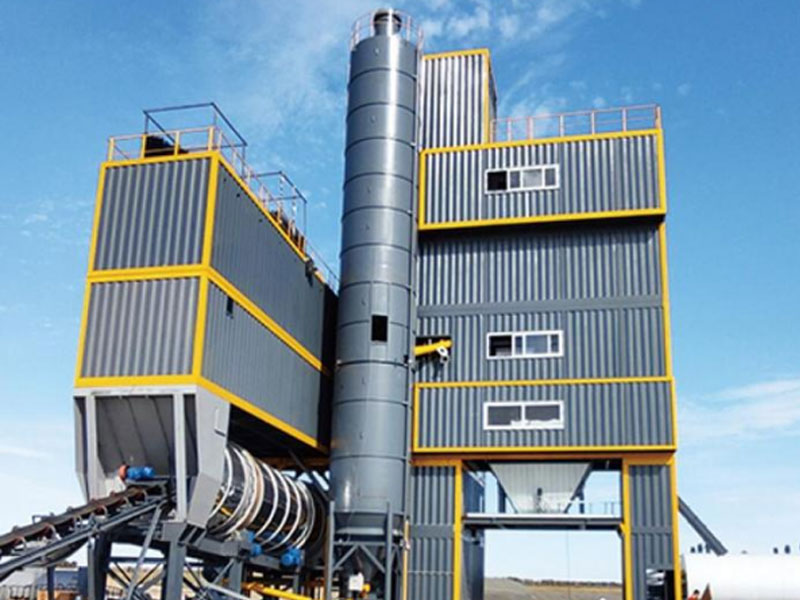 Modular Type
Modular Type -
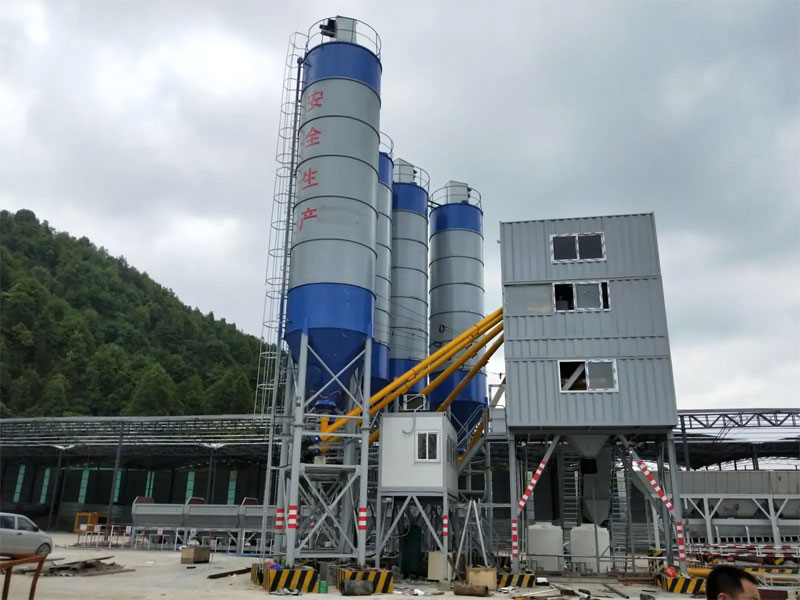 Concrete Batching Plant
Concrete Batching Plant -
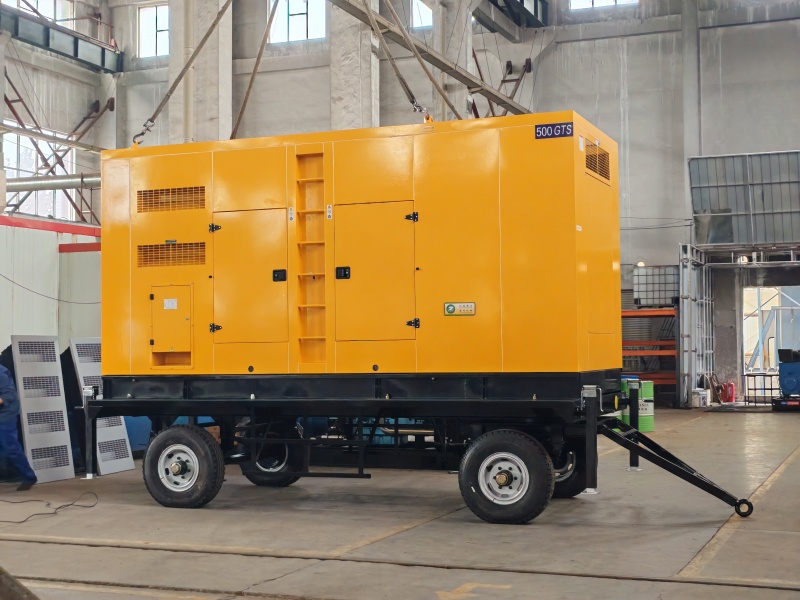 MOBILE ELECTRIC POWER PLANT
MOBILE ELECTRIC POWER PLANT
Related search
Related search- High-Quality meka concrete plants Products
- China portable asphalt plant
- High-Quality cement concrete plant Products
- CE Certification mobile concrete mixing plant
- High-Quality intrame asphalt plant Product
- Best cemex orange concrete plant
- High-Quality cemex mission concrete plant Exporters
- High-Quality reliable asphalt plant
- OEM reliable asphalt plant
- OEM ammann asphalt plant

